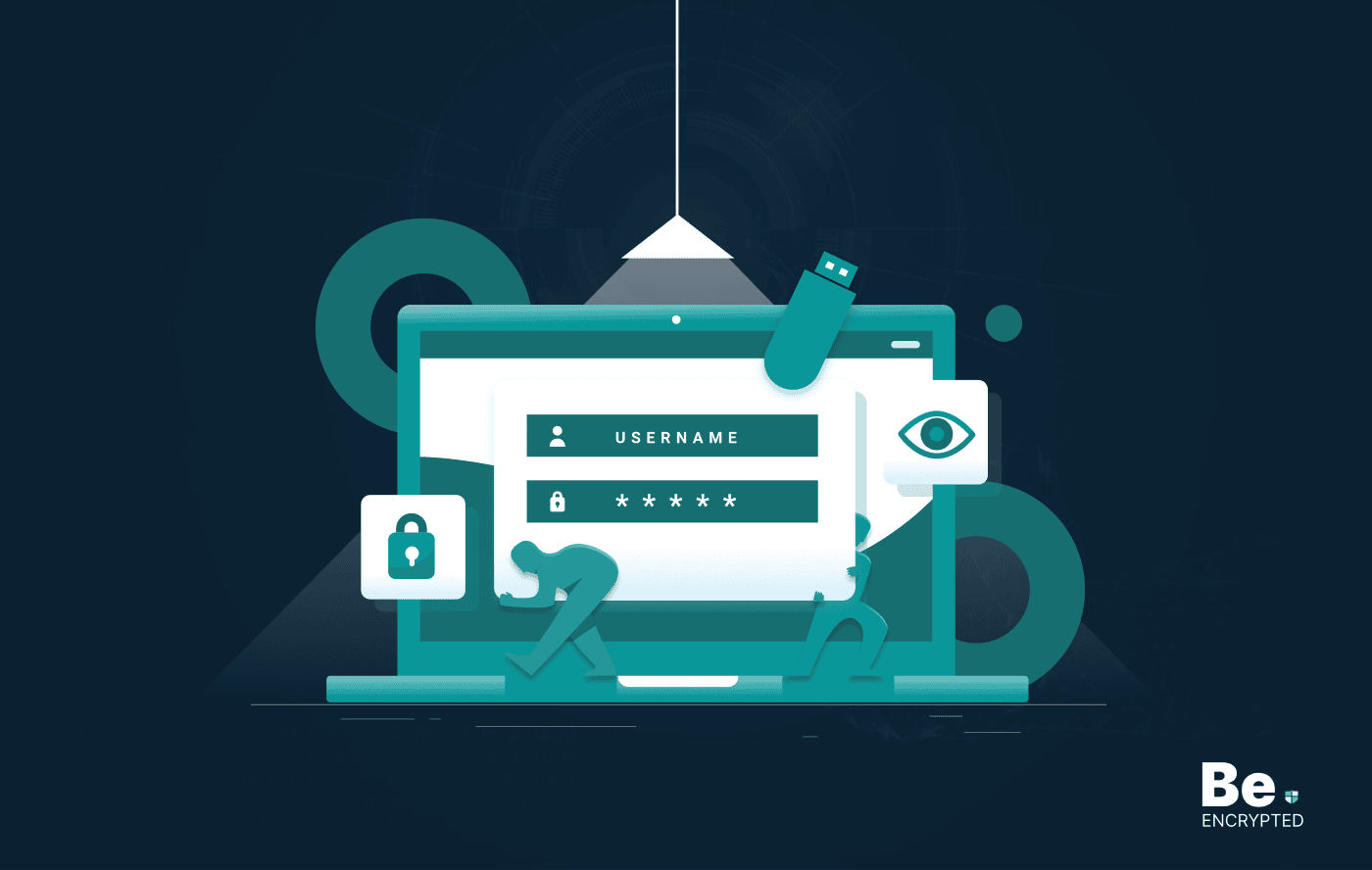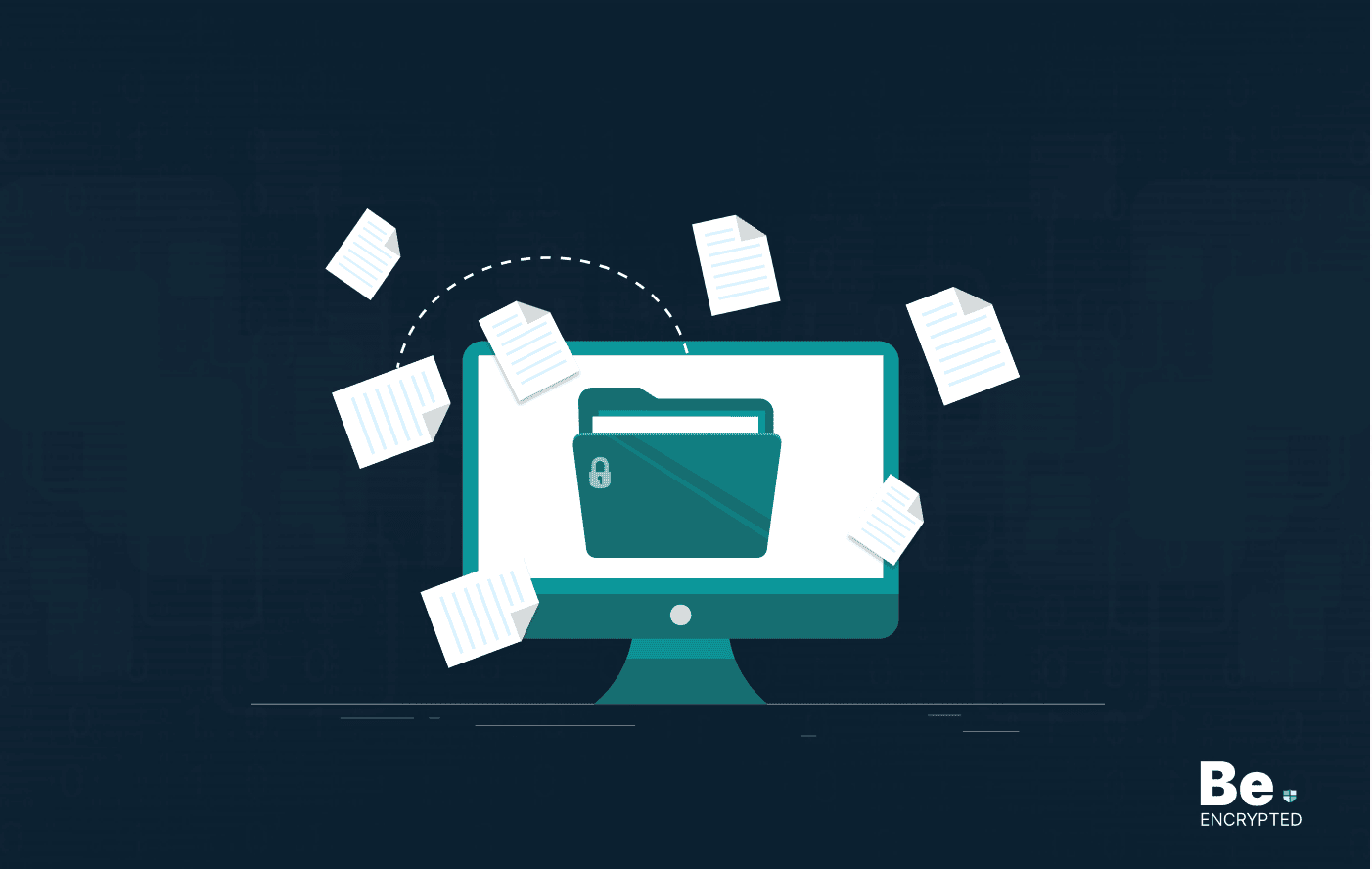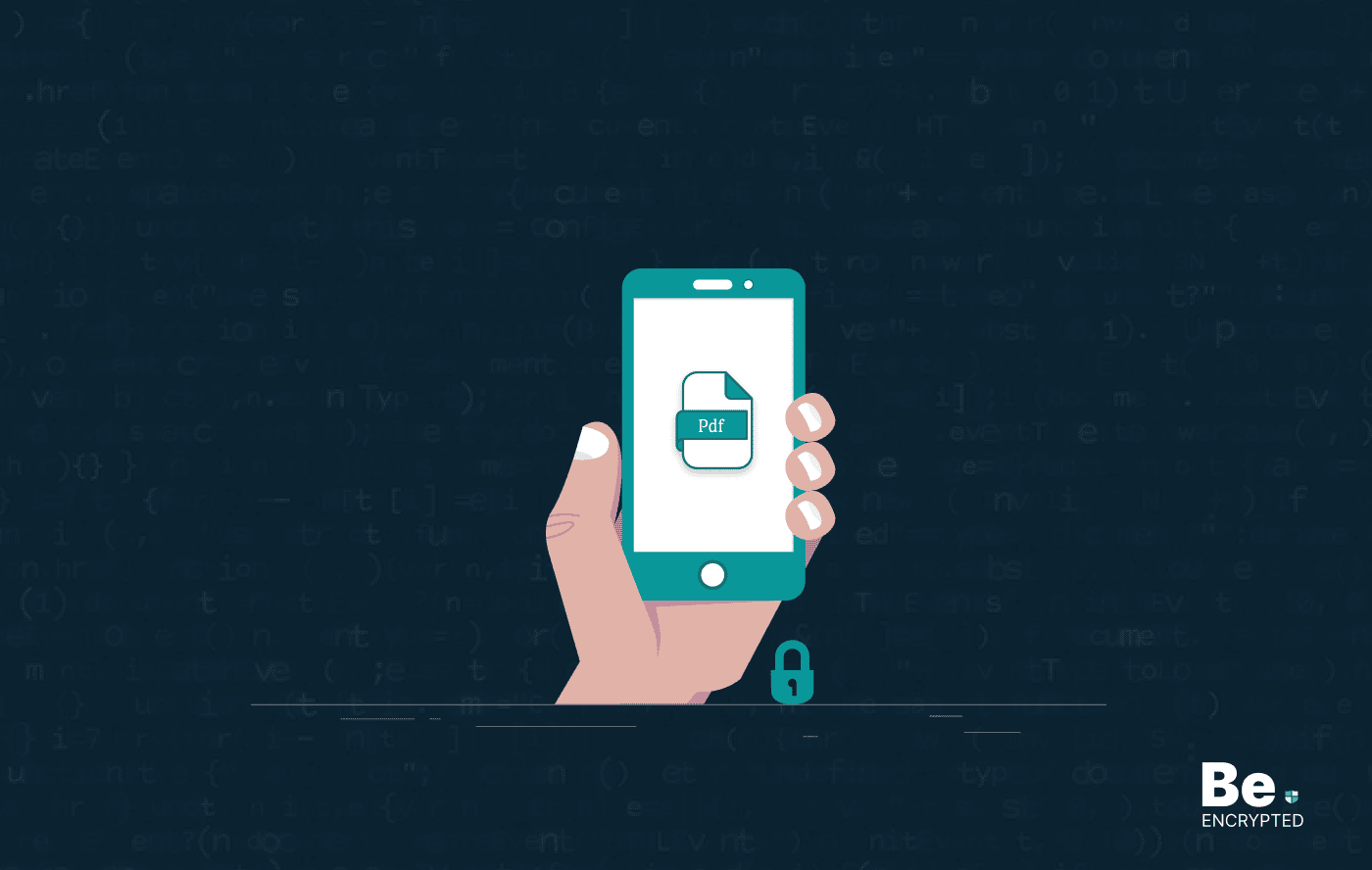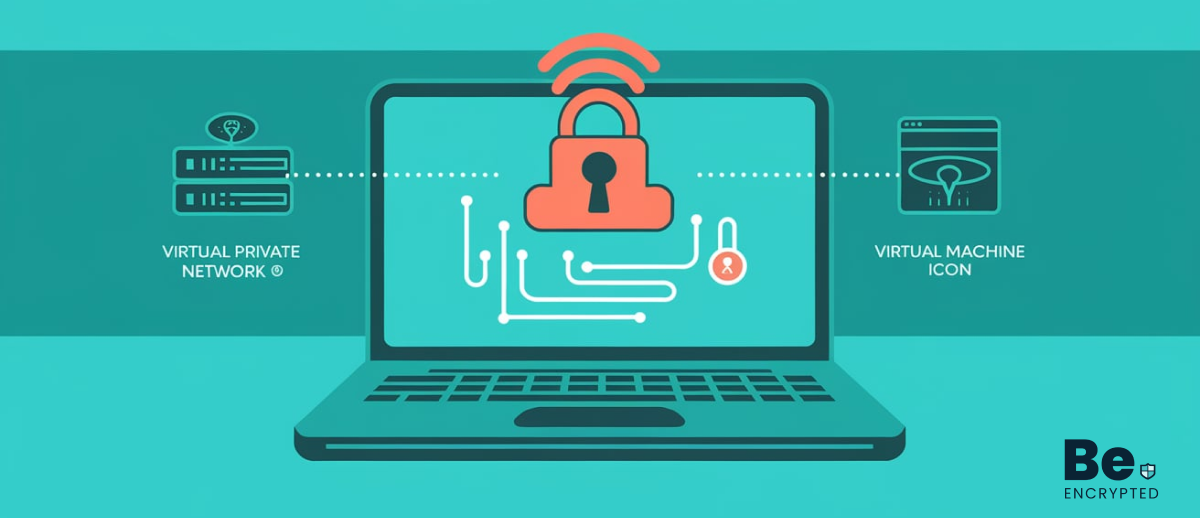Organizations that are new to encryption can still face major cyberattacks or other related threats. This is because they usually fail to fully take advantage of encryption. Therefore, we listed some measures to implement this technology properly.
Encryption technology is one of the most popular techniques for data security. Essentially, it makes information unreadable for those who do not have the decryption key, rendering it useless even if hackers or cybercriminals access or steal it.
However, taking full advantage of encryption is not an install-and-forget affair. There are nuances organizations need to understand or get acquainted with. Some organizations fail to apply the technology effectively, leading to inefficiencies or failure to facilitate data security.
Consider the measures discussed in our article to ensure encryption works as intended.
Measure to take full advantage of encryption
Below are the tips for organizations that are new to encryption and facing difficulty in implementing encryption.
1. Implement a zero-trust framework
As the phrase implies, the system should trust no one. As such, it should verify everyone who requests data access. It should not exempt any data request, even those deemed trustworthy. Some organizations may suspend encryption for data exchanges with internal machines or company-owned servers, thinking that unnecessary encryption reduces efficiency and productivity. Many also do not encrypt data from high-level officials’ BYOD computers. That should not be the case.
A zero-trust system maintains a policy of rotating encryption keys and certificates. Encryption is a robust cybersecurity tool, but it can easily be defeated if bad actors can obtain the encryption keys through carelessness or a lack of sensible policy on critical safekeeping.
Organizations can use automated security penetration testing to ensure the effectiveness of their security controls, including the reliability of their encryption systems. However, if an organization deliberately relaxes encryption in some areas to avoid “inconveniences,” security testing may not serve its purpose.
Configuring security testing to pass due to the lack of encryption or the intentional partial suspension of security controls in some areas is risky. However, organizations cannot go wrong with implementing zero trust.
2. Avoid performance issues
As renowned security tech expert Luther Martin suggests, encryption is unlikely to cause performance issues as long as it “is done” right. Encryption can cause slowdowns in some areas, but these drawbacks can be easily minimized or even eliminated with the proper methods and technologies.
“So, does encryption hurt performance? Maybe. It depends on exactly what you are doing and how you are doing it. In many cases, you will find that the encryption is not a significant factor,” Martin says. “Other things, such as the overhead from secure network connections, are typically much more expensive, and these are additional costs that many types of enterprise software will incur,” the security specialist adds.
So, to ensure encryption does not result in performance problems, it is essential to ensure your hardware is capable enough. If not, this may require hardware upgrades. Performance issues generally only affect older devices. Less efficient old computers need to retire to keep up with the times, boost productivity, and lose the excuse not to encrypt.
Ensure to enforce the best practices, such as using one-way hash functions for critical data like PINs, passwords, secret keys, and security questions. Doing this makes it highly unlikely for any hacker to access susceptible information.
Additionally, the software you used should also be updated. The encryption algorithms should always be up to date. These algorithms play significant roles in the efficiency of the encryption and decryption processes.
3. Properly secure the keys
Without the decryption keys, encrypted files are as good as lost. Avoid accidentally losing your files through the technology that safeguards them. It is necessary to have secure copies of the decryption keys for files stored locally. On the other hand, it is essential to have a secure setup for the encrypt-decrypt process when implementing encryption on data transmissions.
Many data encryption systems don’t bother with natural key management. Most only store keys locally, whereas users never interact with them directly. For example, those who use popular command-line tools for encryption are unlikely to do anything beyond selecting the encryption algorithm and key length.
To avoid problems involving the keys, organizations should get a full-featured encryption solution that includes robust key management from the start instead of doing with essential solutions initially and then upgrading or switching to other platforms later.
Additionally, organizations must avoid storing decryption keys and encrypted data in a single location when securing keys. Doing so makes data more prone to unauthorized access or damaging breaches.
4. Consider compliance as a starting point
Many security tech experts rightfully advise that compliance should not be the compelling reason for having security controls. Organizations should implement cyber defences to block attacks or at least stay prepared to mitigate and remediate problems immediately.
However, using compliance checklists to adopt encryption best practices is not bad. Regulatory measures such as the California Consumer Privacy Act (CCPA) and the General Data Protection Regulation (GDPR) of the European Union provide guidelines on how companies or those in the private sector can protect private user data.
For instance, article 32 of the GDPR lists encryption and the pseudonymization of personal data as appropriate technical solutions for data security and privacy. The Health Insurance Portability and Accountability Act (HIPAA) similarly compels establishments to install safeguards such as encryption to prevent unauthorized access to patient data.
Again, legal requirements can be the impetus for embracing encryption, but compliance should never be the endgame. Often, being compliant does not equate to security. Laws do not prescribe specific encryption technologies or solutions that are proven effective. Referring to best practices and collaborative cybersecurity intelligence, such as the MITRE ATT&CK framework, is crucial.
Insights from MITRE ATTACK and continuous security validation prove that not all encryption methods are good enough. Simply complying with regulations to use encryption does not mean that private data is safe. More meticulous security assessments, particularly regarding encryption, help optimize security controls.
5. Make encryption a shared responsibility
“Encryption is the first step in your cybersecurity strategy,” says Deepak Gupta of the Forbes Technology Council. There is no doubt about it. No security posture is complete without encryption.
However, like other aspects of cybersecurity, we cannot use encryption unilaterally. For example, an organization working with a cloud provider cannot entrust encryption to the latter regardless of how long they have been in the industry and how much they brag about their expertise in data security. The cloud provider’s encryption policies should align with what an organization deems adequate.
Additionally, the organization and the cloud provider should share control over the encryption keys. Allowing only one party to handle everything for convenience or ease of operation is antithetical to good security practices.
Moreover, everyone within the organization, especially those with permission to enact security reconfigurations, should understand the importance of not turning encryption off at their convenience or bypassing relevant protocols to speed up processes.
Encryption is not a self-implementing and auto-updating security system. It must be correctly implemented and monitored to achieve optimum outcomes. A trustless implementation model, meticulous key securing, and emphasizing shared responsibility can make it one of the most potent tools to counter data security and privacy attacks.
Share this article
About the Author
Waqas is a cybersecurity journalist and writer who has a knack for writing technology and online privacy-focused articles. He strives to help achieve a secure online environment and is skilled in writing topics related to cybersecurity, AI, DevOps, Cloud security, and a lot more. As seen in: Computer.org, Nordic APIs, Infosecinstitute.com, Tripwire.com, and VentureBeat.
More from Iam WaqasRelated Posts

How to Encrypt Your Emails on Gmail, Yahoo, Outlook, and G Suite
KEY TAKEAWAYS Email encryption is necessary amid rising cyberattacks. It secures your email from thi...

How to Encrypt a Flash Drive on Windows, MacOS, and Linux
KEY TAKEAWAYS It is crucial to encrypt or password protect your flash drive, as they can be stolen o...

2 Best Ways to Encrypt Your Files and Folders in macOS
KEY TAKEAWAYS Many people use mac becasue of its robust privacy and security features. However, most...

How to Encrypt PDF Files on macOS and Windows
PDFs are the most common attachments in the email after docs. These lightweight, presentable documen...

How to Encrypt and Decrypt Folders in Windows in 2025
KEY TAKEAWAYS Windows is the most used desktop OS. However, it is vulnerable to cyberattacks. Theref...

3 Best Ways to Encrypt uTorrent or BitTorrent Traffic
KEY TAKEAWAYS You can adopt many ways to encrypt uTorrent or BitTorrent traffic, but the most reliab...


